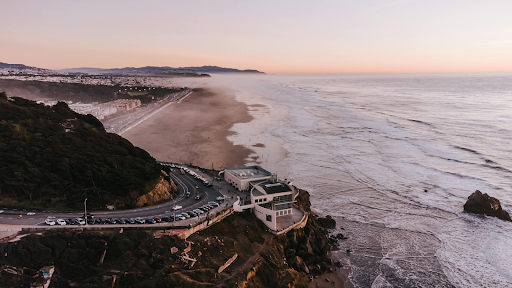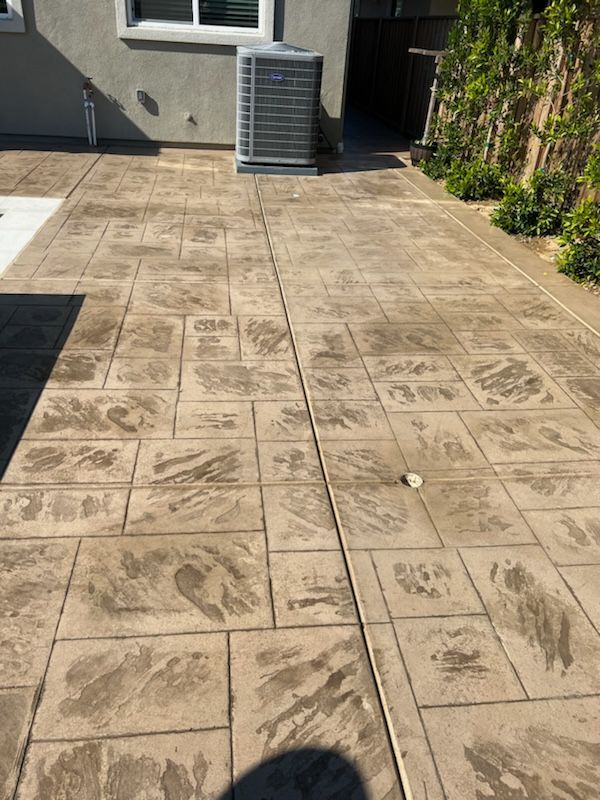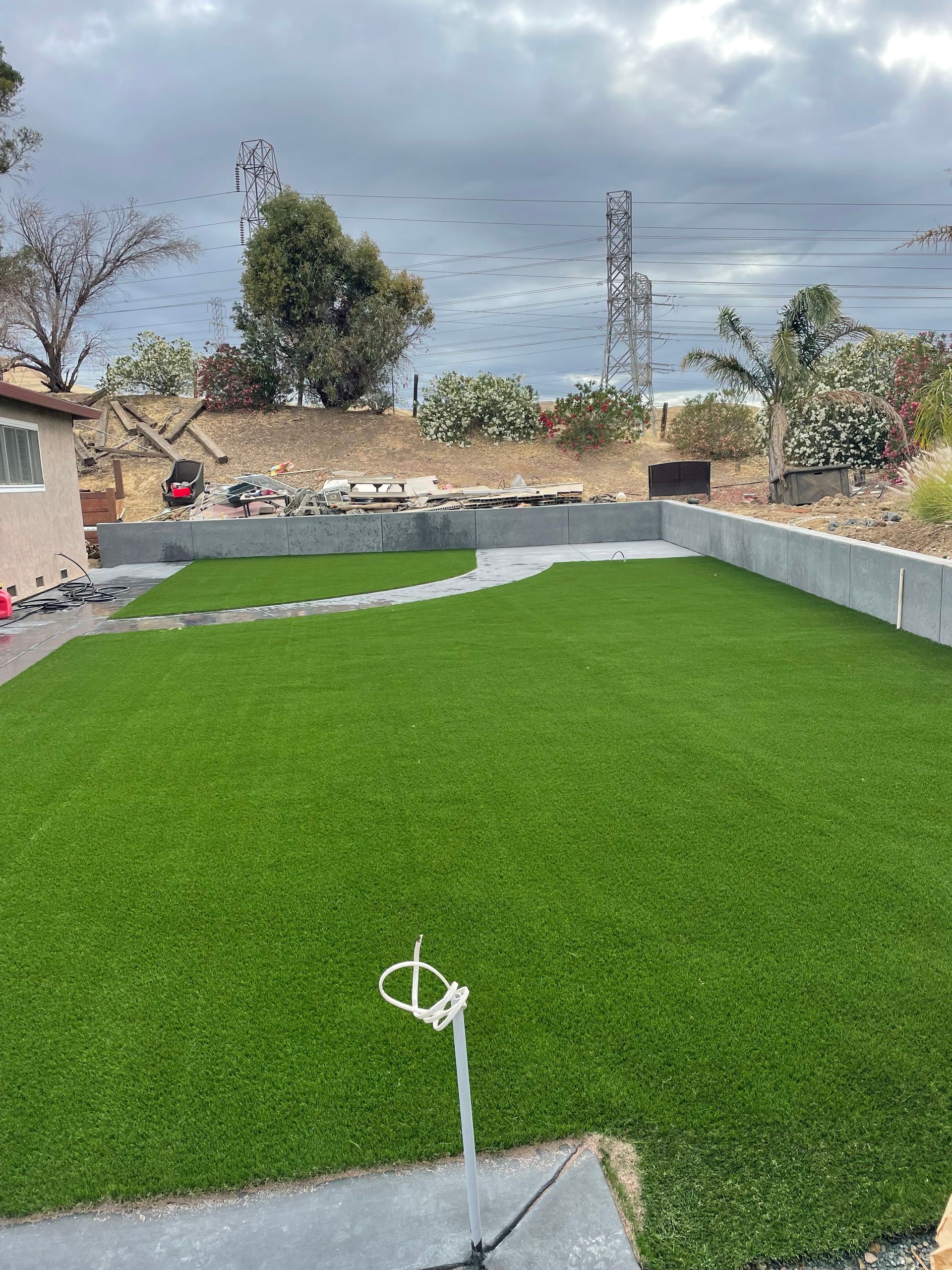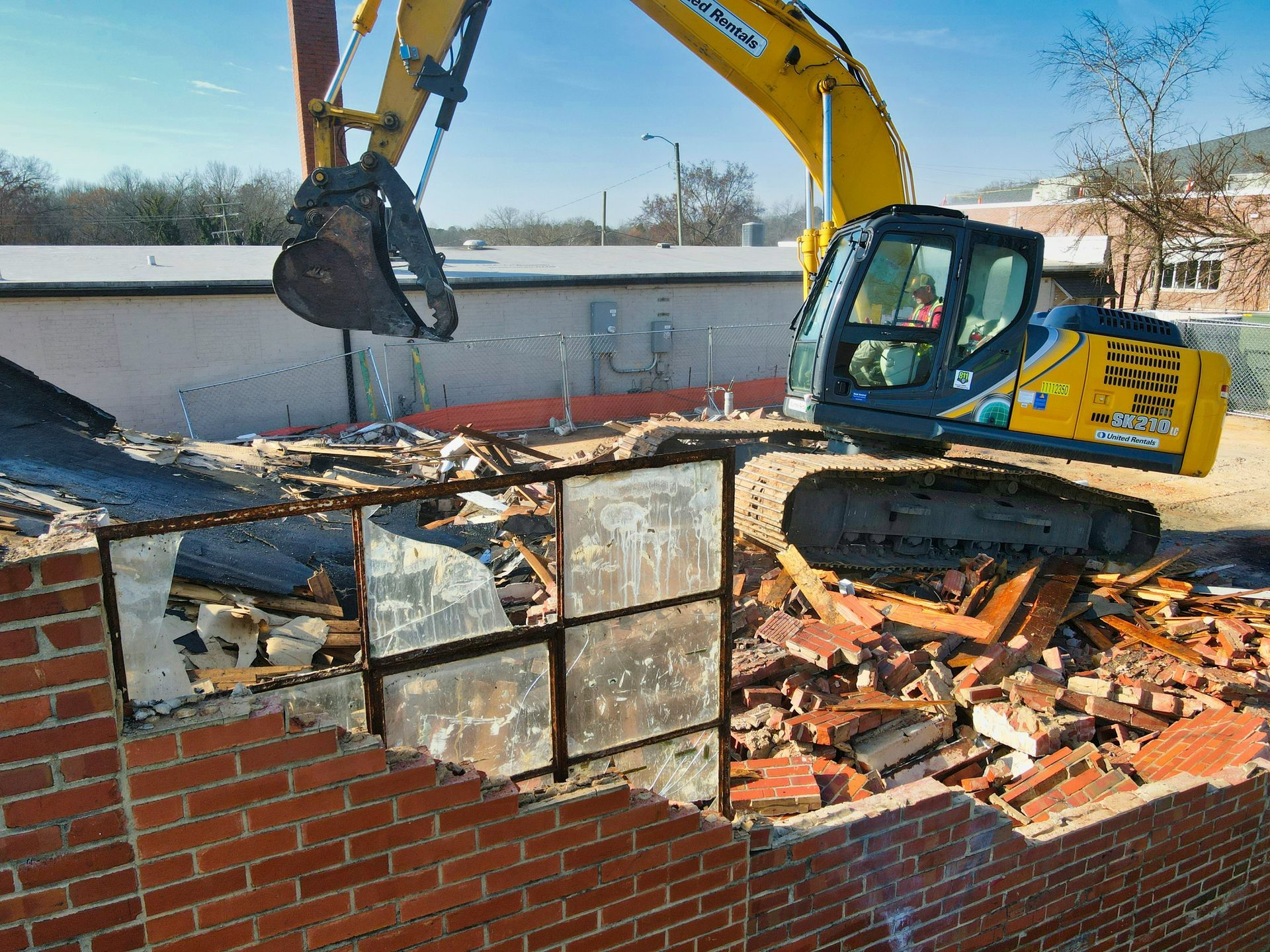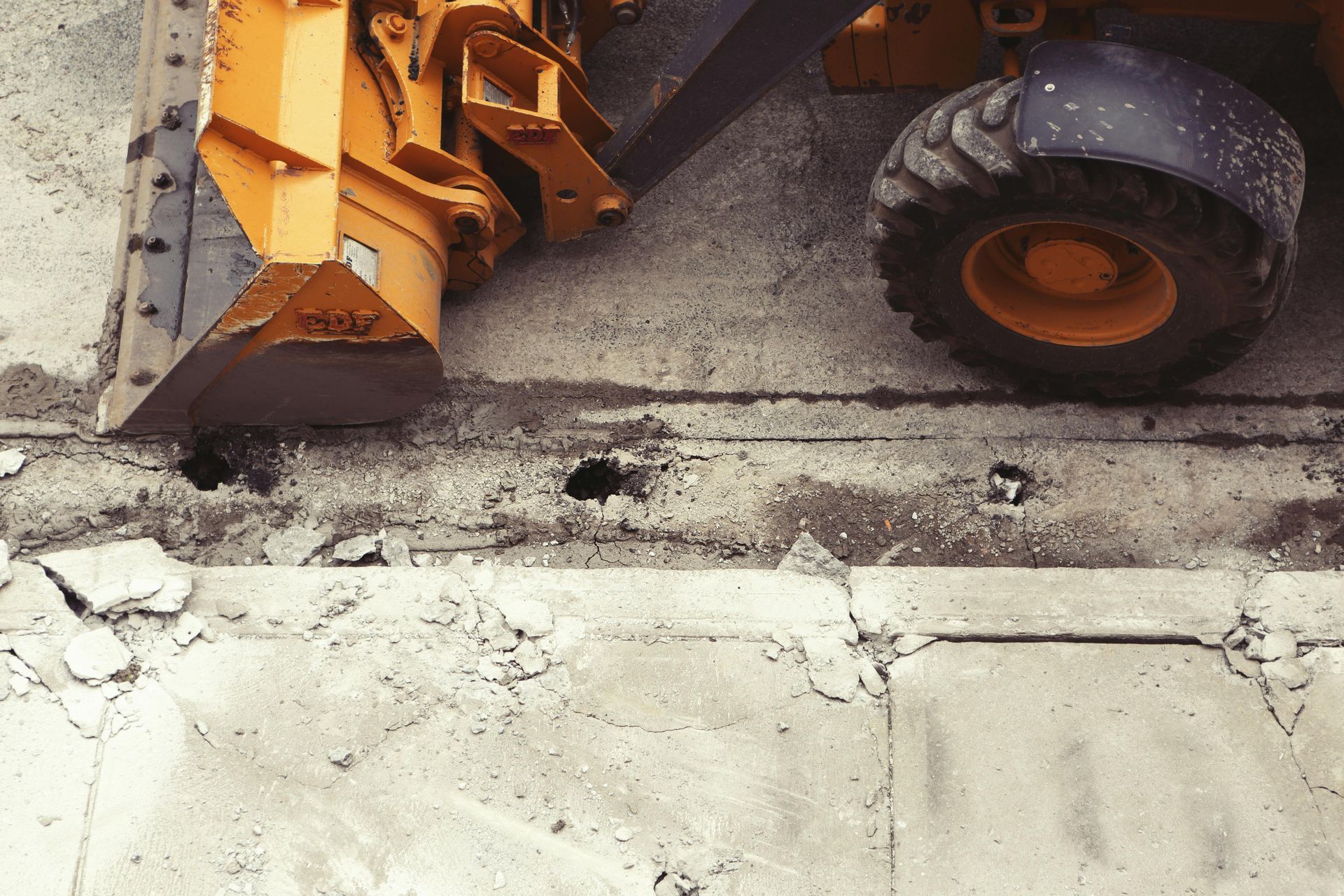What is Synthetic Turf? Your Complete Guide to Artificial Grass
You're standing in your backyard, looking at patchy grass that refuses to grow despite your best efforts. Maybe you're tired of the constant watering bills, weekend mowing, and seasonal maintenance that natural grass demands. The idea of synthetic turf keeps crossing your mind, but you're not entirely sure what it involves or whether it's right for your property. Your curiosity is completely valid. Understanding what synthetic turf truly offers can help you make the right decision for your outdoor space.
Let Elite Development Builders help you navigate the world of synthetic turf. In this article, we’ll share information that Bay Area property owners usually want to know when considering artificial grass installations.
What Exactly is Synthetic Turf?

Synthetic turf, also known as artificial grass, is a manufactured surface designed to mimic the appearance and feel of natural grass. Modern synthetic turf consists of several layers: a backing material, synthetic fibers that replicate grass blades, and infill materials like sand or rubber granules for stability and cushioning.
Today's artificial turf has evolved significantly from the early versions you might remember. Advanced manufacturing techniques now produce surfaces that closely resemble natural grass in appearance and texture. The synthetic fibers come in various shades of green and brown, creating a realistic lawn that maintains its appearance year-round.
Key Benefits That Make Synthetic Turf Appealing

Now that we’ve covered the basics, let’s explore why so many people are choosing to use synthetic turf.
Water Conservation and Environmental Impact
In areas where water conservation is crucial, synthetic turf eliminates the need for regular irrigation. Homeowners in Walnut Creek and Lafayette can save thousands of gallons annually by switching from natural grass to artificial turf. This reduction in water usage not only benefits the environment but also significantly lowers utility bills.
Requires Minimal Maintenance
What synthetic turf offers is freedom from routine lawn care. That means no more weekend mowing, seasonal fertilizing, or dealing with brown spots. Your property will maintain a pristine appearance without the significant time investment that natural grass requires.
Durability and Longevity
Quality synthetic turf installations can last 15 to 20 years with proper care. Unlike natural grass that can be damaged by heavy foot traffic, pets, and weather, artificial turf maintains its integrity and appearance despite heavy use and environmental challenges.
Installation Considerations and Process
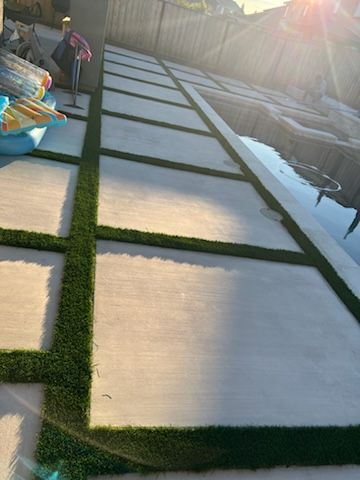
Site Preparation is Critical
Proper synthetic turf installation begins with thorough site preparation. The existing grass must be removed, the ground leveled, and a stable base created. This foundation work directly impacts the longevity and performance of your artificial turf.
At Elite Development Builders, we've seen how proper groundwork makes the difference between installations that last for decades versus those that develop problems within a few years. The base layer typically includes crushed stone or decomposed granite that has been properly compacted to prevent settling.
Drainage Requirements
What synthetic turf needs for optimal performance is adequate drainage. California's occasional heavy rains require proper water management systems. Perforated backing allows water to drain through the turf, while the base layer ensures water doesn't pool beneath the surface.
Cost Factors and Investment

Understanding the financial aspects of synthetic turf installation helps you make a decision that fits your budget and long-term plans.
Upfront Investment vs. Long-term Savings
Synthetic turf installation requires a significant upfront investment, typically ranging from $5 to $15 per square foot for residential applications. However, when you calculate the long-term costs of water, fertilizers, equipment, and professional lawn care services, many homeowners find the investment pays for itself over time.
Commercial properties in Oakland and Martinez often see even greater returns due to reduced maintenance labor costs. In addition, the turf’s consistent appearance enhances property value.
Quality Affects Pricing
Not all artificial turf is the same. Lower-cost options might save money initially, but could require replacement sooner. Higher-quality synthetic turf with UV protection and superior drainage typically provides better long-term value.
Choose Elite Development Builders

What synthetic turf ultimately provides is a low-maintenance, water-efficient alternative to natural grass. The decision depends on your specific needs, budget, and long-term goals for your outdoor space.
Consider factors like your current lawn maintenance costs, water usage, available time for yard work, and how you use your outdoor space. Families with active children or pets might find artificial turf particularly beneficial for play areas.
Your interest in exploring synthetic turf options shows you're thinking strategically about your property's future. Elite Development Builders regularly helps Bay Area property owners evaluate their outdoor construction needs, allowing them to make informed decisions that enhance their properties for years to come. Contact us to discuss how synthetic turf installation might fit your specific situation and property goals.

